WAYNE SHORTER / “Wayne Shorter Mixtape”
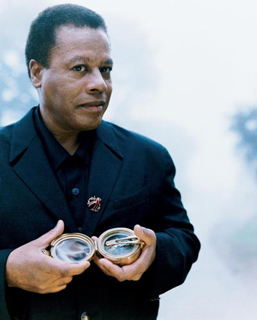
The jazz insiders used to affectionately refer to my man as “Weird Wayne.” It was because of the way he hooked up his music. Stops and starts, hesitations, abrupt endings, long beginnings and all kinds of unusual harmonies. His solo could be two notes in ten seconds or it could be a veritable fuselage of saxophone shrieks, blats and bleats on one side or on the smooth side it could be pretty notes and gorgeous melodies. With Wayne you never know what note is coming next.
Shorter was also known as “Mr. Gone.”
An undaunted son of infamous “Brick City” (Newark, NJ), Wayne Shorter was born August 25, 1933 and decided to become a musician after seeing Lester Young and others at a concert when Shorter was sixteen. His early records were co-led by Lee Morgan before joining Art Blakey’s Jazz Messengers in 1959.
Shorter became the musical director of Art Blakey’s Messengers and then in 1964 a second call came from Miles—Shorter had turned down Miles some years earlier.
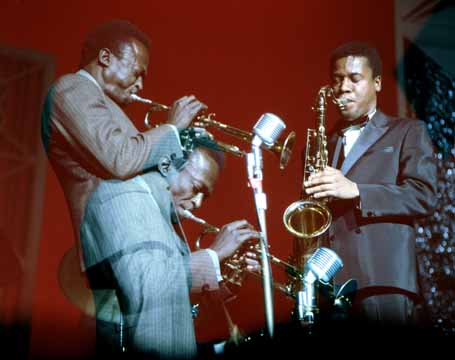
By the mid-sixties Shorter was the major composer with Miles. After leaving Miles, Shorter hooked up with Joe Zawinul, who had been in the Miles Davis band with Shorter. In 1970 they co-founded Weather Report, the most popular jazz fusion band ever.
After Weather Report, Shorter took a completely different direction and worked with singer/songwriter Joni Mitchell, Brazilian vocalist Milton Nascimento, in addition to solo projects and brief relationships with a range of musicians from Steely Dan to Carlos Santana. In 1997 Shorter won a Grammy for High Life, his first solo recording in seven years.
In 2000 Shorter put together his current working quartet, featuring Danilo Perez on piano, John Patitucci on bass, and Brian Blade on drums. This band is the pinnacle of Shorter’s work as a modern jazz musician.
My first impulse was to feature the current band. My second thought was to do a career retrospective. Finally, I settled on sharing some of Shorter's music that excites me. The early stuff features some of Shorter’s best known compositions (“Witch Hunt,” “Speak No Evil,” and “Infant Eyes”), all of which are from the pre-Miles period when Shorter was recording on Blue Note. Those cuts are Shorter at his post-bop best.
Then there is “Nefertiti,” a two song turnaround that perfectly illustrates how much Shorter changed Miles and how much Miles changed Shorter. The first is the iconoclastic eight-minute Miles Davis Quintet version with no horn solos, just that dark, snake-shaped melody buoyed by the uber-sensitive bashing of Tony Williams who absolutely reconfigures the role of the jazz drummer. The second version is Wayne doing a fusion turn and it’s almost a completely different song—almost.
Personally, the second version pales in comparison to the Davis version but it’s important to understand that it’s the same man pointing in two different directions. Reversing the usual trend, Shorter has become more, not less, adventurous as he has aged. He’s making music full of the wisdom of an old man but boundary stretching like a young turk clawing his way through the cage of conformity.
To illustrate this point, I offer three versions of “Footprints,” one of Shorter’s signature compositions. The first version is pre-Miles. The second is the famous Miles Davis version from the album Miles Smiles. The third is from a London concert in the late fall of 2006. 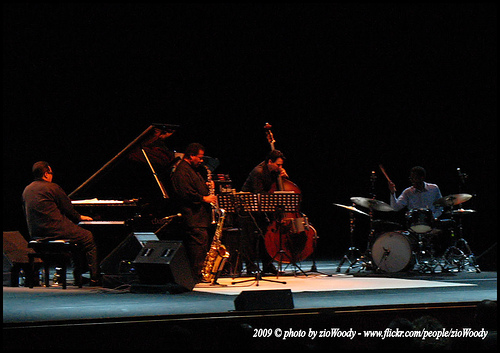
Shorter is a masterful composer but what he has achieved in the last decade is far, far beyond writing out a composition. Now the performance becomes a composition. Twenty-first century Shorter is the apotheosis of collective improvisation. You can hear the musicians verbally responding to the places the music takes them, hollering in delight about the surprises the music gifts to them.
This is challenging music. Those who are waiting to hear easy to recognize melodies and a set song structure will be shocked by what Shorter and company are doing. It’s a long way from normal. I love it.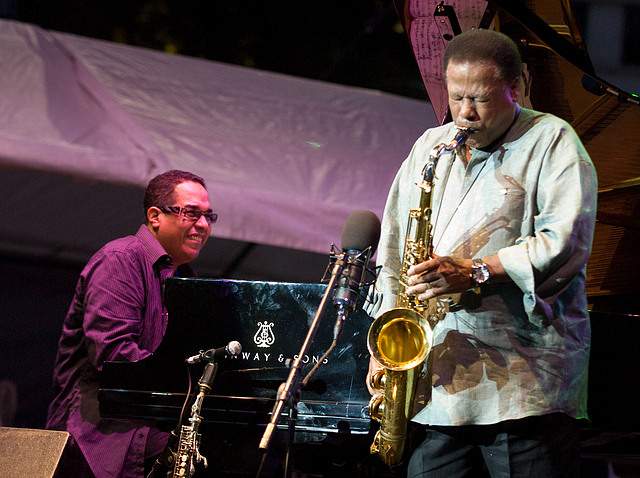
We close the Mixtape with “Chief Crazy Horse,” another essay in way-out-ness that his quartet is so adept at sonically scripting. That a saxophonist in his seventies would be making such bracing music is miraculous. People who think jazz is old and tired simply haven’t heard the news from Wayne Shorter. When he could be resting on his laurels, spinning out a safe and un-strenuous recapitulation of classic compositions, instead Wayne Shorter is stoking the fires of creativity and lighting up the night sky with incandescent improvisations.
—Kalamu ya Salaam
Wayne Shorter Mixtape Playlist
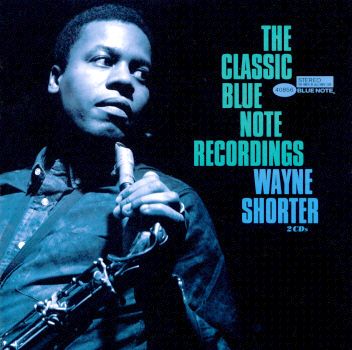
The Classic Blue Note Wayne Shorter
01 “Witch Hunt”
02 “Speak No Evil”
03 “Infant Eyes” 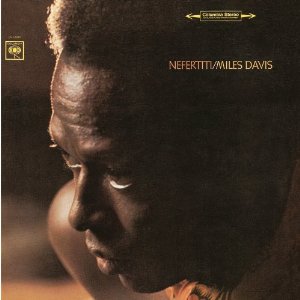
04 “Nefertiti” - Nefertiti - Miles Davis 
05 “Nefertiti” - The Classic Blue Note Wayne Shorter 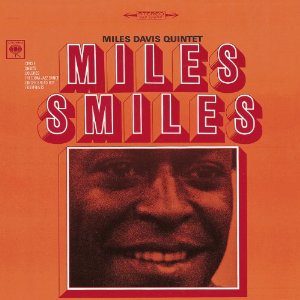
06 “Footprints” - Miles Smiles - Miles Davis 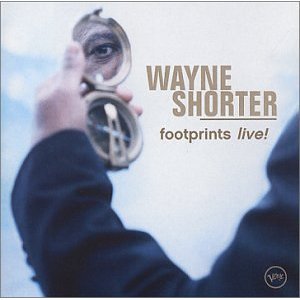
07 “Footprints” - Footprints Live! - Wayne Shorter Quartet
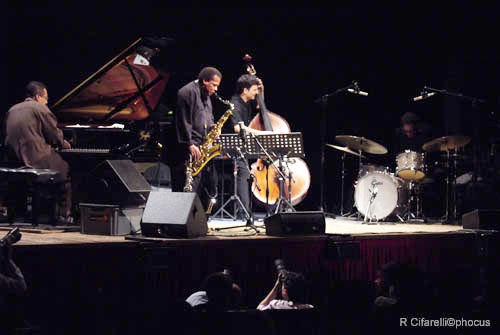
08 “Footprints” - Live in London - Wayne Shorter Quartet 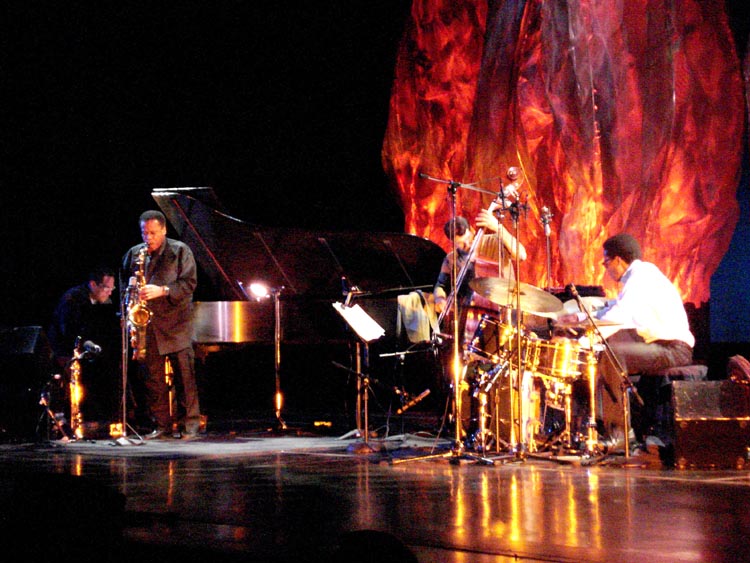
09 “Chief Crazy Horse” - Rare live and Studio Wayne Shorter
This entry was posted on Monday, April 5th, 2010 at 3:05 am and is filed under Classic. You can follow any responses to this entry through the RSS 2.0 feed. You can leave a response, or trackback from your own site.
Leave a Reply
| top |